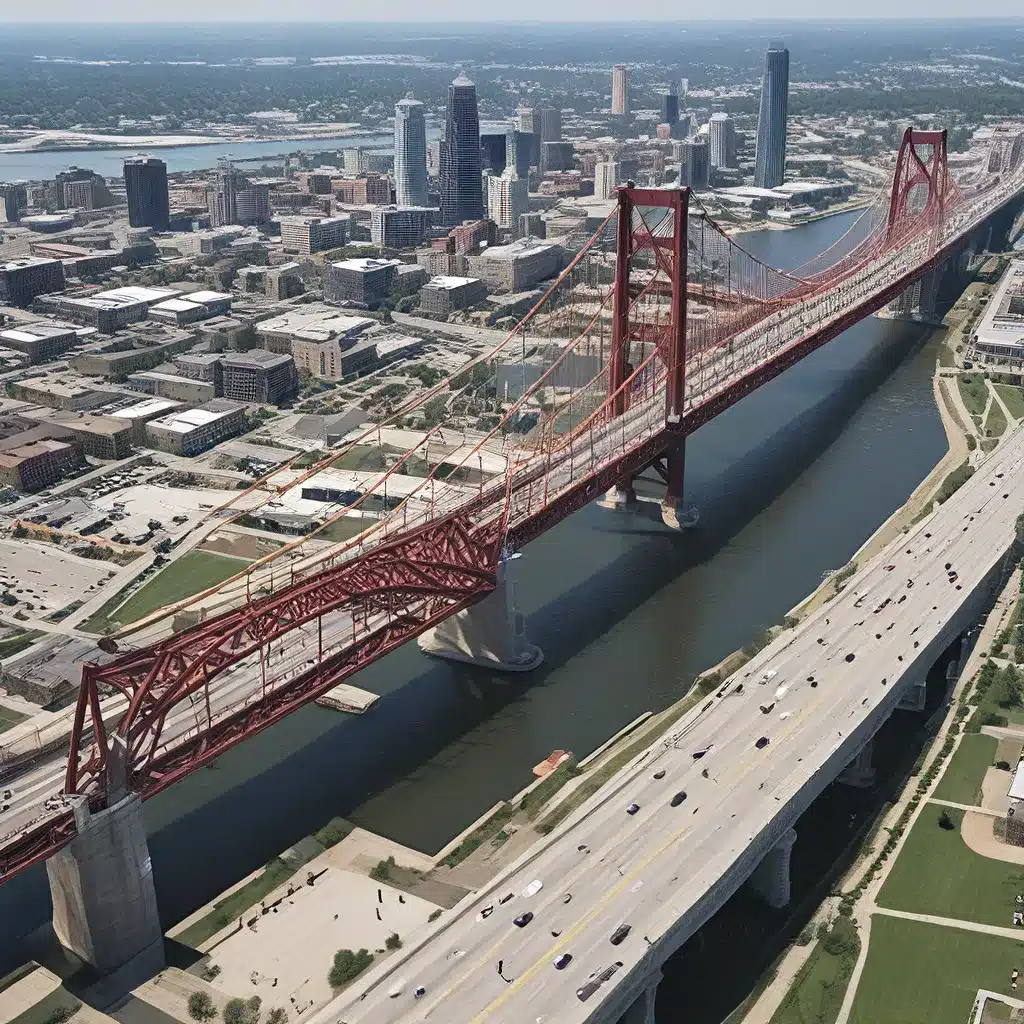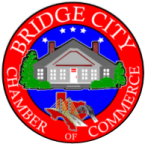
The Power Play that Transformed a Community
It was a sunny spring day in Bridge City, and I could feel the energy buzzing through the air as I approached the newly renovated sports complex. The shiny new fields, gleaming courts, and modern facilities were a far cry from the run-down, neglected space that had once occupied this site. But the real transformation went beyond just the physical changes – it was a story of how sports had become the catalyst for economic growth and community revitalization in this once-struggling city.
As I stepped inside, I was immediately struck by the diverse mix of people enjoying the amenities. Kids ran across the turf, laughing and playing pickup games, while families picnicked on the sidelines. Elderly residents strolled the walking trails, and young professionals sweated it out in the state-of-the-art fitness center. It was a vibrant, inclusive scene – a far cry from the divisions and inequalities that had once plagued this place.
The Turning Point
I sat down with the city’s mayor, Emily Thompson, to learn more about this remarkable turnaround. “It all started about 10 years ago,” she reminisced. “Bridge City was in a really tough spot – high poverty, crime rates through the roof, and businesses fleeing left and right. We needed to do something drastic to turn things around.”
That’s when the city leaders had an inspired idea – why not invest in sports and recreation as a way to revive the local economy and bring the community together? “Sports have this incredible power to unite people from all walks of life,” Mayor Thompson explained. “We figured if we could create world-class facilities and programs, it would attract new businesses, create jobs, and give our residents something to rally around.”
Tackling Inequality Through Sports
The plan was ambitious, to say the least. The city poured millions into renovating and expanding the aging sports complex, building state-of-the-art fields, courts, and training centers. They partnered with local universities to develop innovative sports science and athletic training programs. And they launched comprehensive youth development initiatives, providing free access to sports, mentorship, and academic support for underserved kids.
“We knew that sports could be a great equalizer,” the mayor told me. “If we could get kids from all backgrounds involved – regardless of their family’s income level or social status – it would help break down those barriers and create more opportunities.” And the results speak for themselves. Participation in youth sports has skyrocketed, with over 75% of local kids now regularly engaged. Graduation rates have improved, and more young people are pursuing careers in sports-related fields.
Building Bridges Through Friendly Competition
But the benefits extend far beyond just the youth. The new sports complex has become a hub of activity for the entire community. Local businesses have flocked to the area, drawn by the steady stream of visitors attending games, tournaments, and events. Hotels, restaurants, and retail shops are thriving, and the city’s tax base has grown exponentially.
“It’s amazing to see how sports have brought people together,” Mayor Thompson marveled. “We used to have so much division and mistrust, but now you see folks from all different backgrounds cheering on the same teams, getting to know each other, and forming these genuine connections.”
She pointed to the annual basketball tournament as a prime example. “It started as this small community event, but now it’s this huge deal that attracts teams from all over the region. The energy and camaraderie in the stands is just electric – you can feel the walls coming down as people bond over their shared love of the game.”
Unleashing the Economic Potential of Sports
The city’s investment in sports has had an undeniable economic impact as well. The new sports complex has become a major regional draw, hosting tournaments, camps, and events that bring in thousands of visitors each year. Local hotels and restaurants are bustling, and the city has seen a surge in tax revenue that has funded improvements to infrastructure, schools, and other vital community services.
“Sports tourism is a huge part of our economic strategy now,” the mayor explained. “We’re actively recruiting teams and organizations to host their events here, and it’s paying off big time. The complex has become this engine for growth that’s lifting up the entire community.”
But the real game-changer, according to Mayor Thompson, has been the way sports have attracted new businesses and talent to the city. “Companies want to be where the action is – where there’s a vibrant, active population and a high quality of life. The sports facilities have been a major selling point in luring new employers to Bridge City, which has created hundreds of good-paying jobs for our residents.”
A Model for Other Communities
As I left the sports complex, I was struck by the palpable sense of community and pride that pervaded the space. It was a far cry from the dismal, divided city I had read about in the news just a decade ago. And the transformation was all thanks to the power of sports to bring people together, create opportunities, and spur economic growth.
“We’re just getting started,” Mayor Thompson said with a gleam in her eye. “This is just the beginning of what sports can do for Bridge City. We’re going to keep investing, keep innovating, and keep finding ways to use athletics as a tool for building a stronger, more prosperous community.”
It’s a model that other cities would be wise to follow. By harnessing the unifying force of sports and recreation, Bridge City has shown how to bridge the gaps of inequality, drive economic development, and create a vibrant, inclusive community for all. The future is bright in Bridge City, and it’s all thanks to the transformative power of play.


